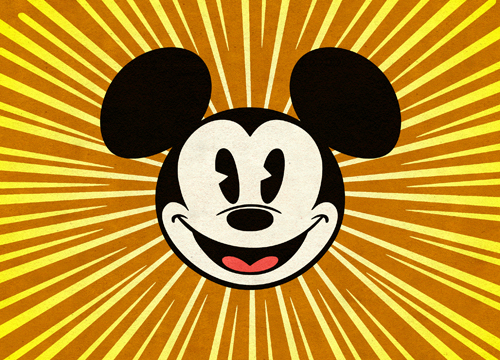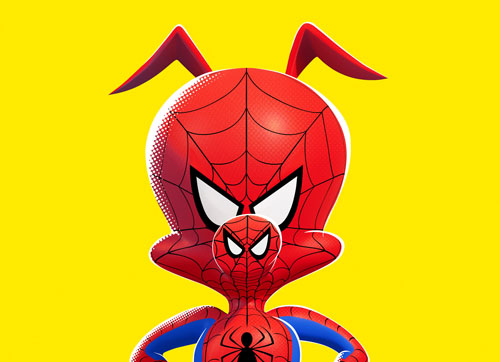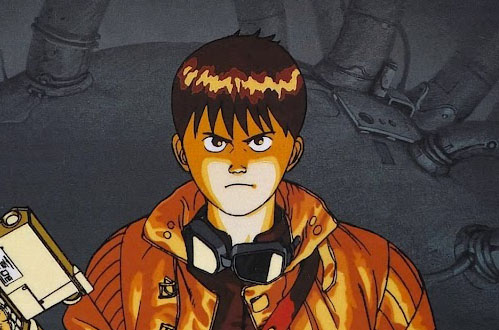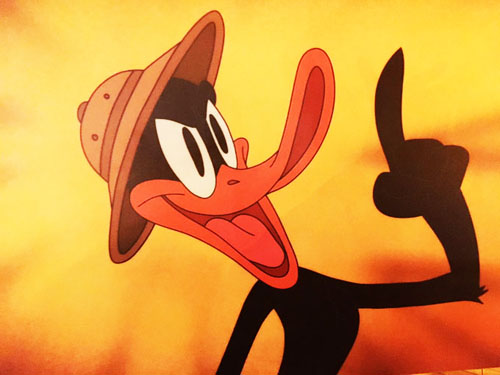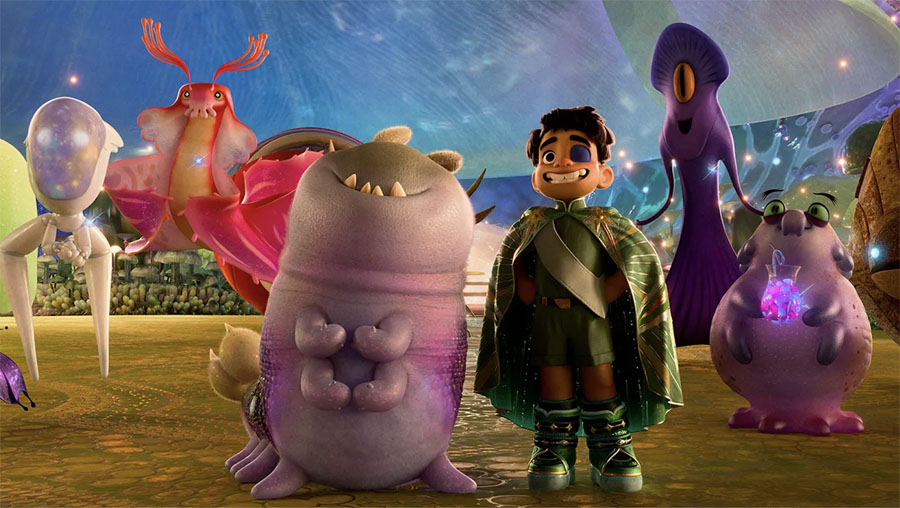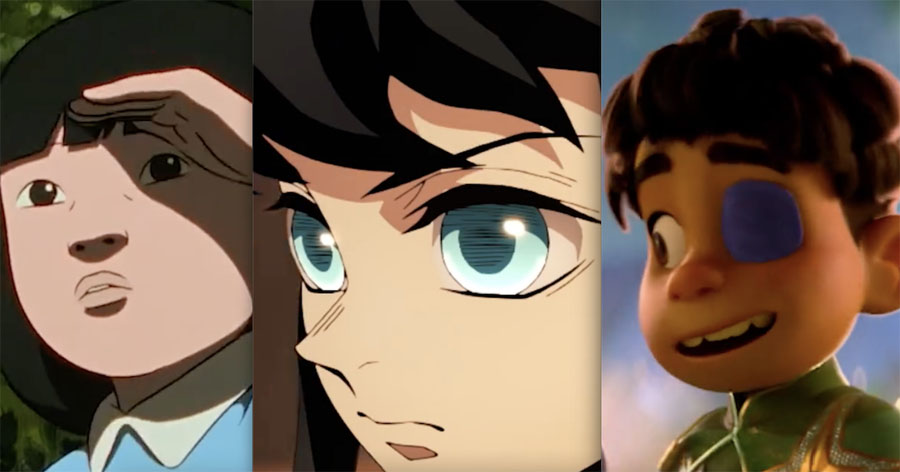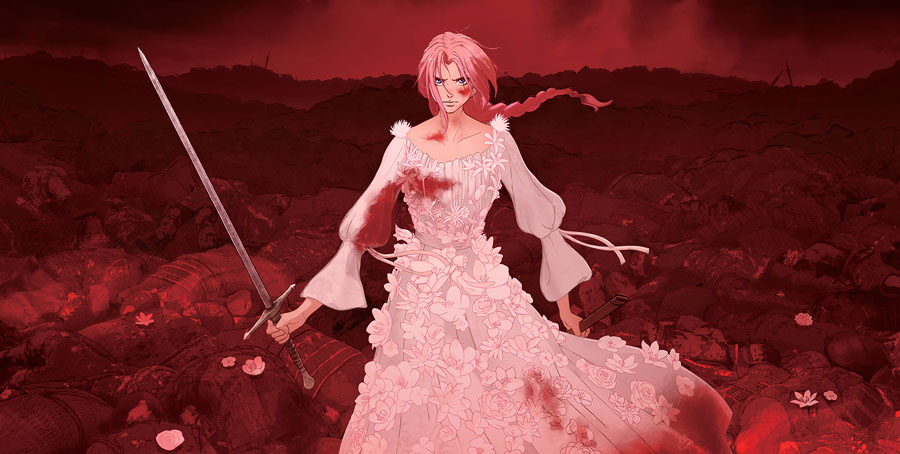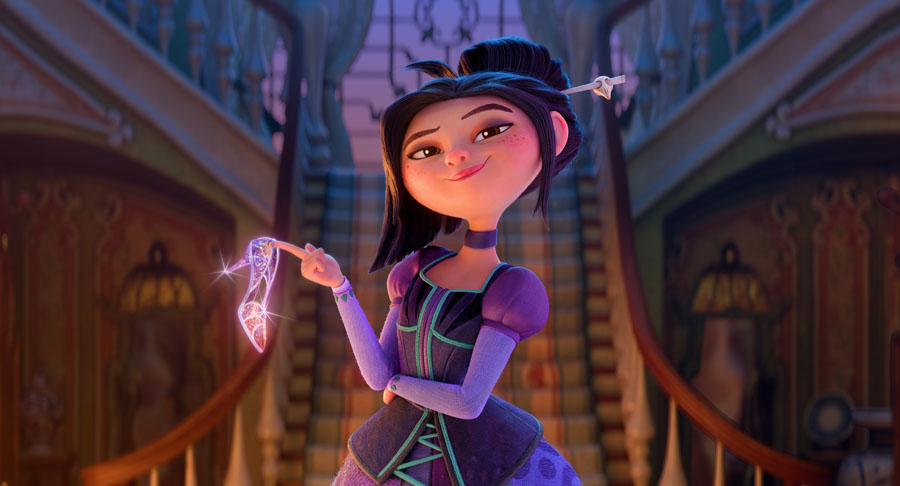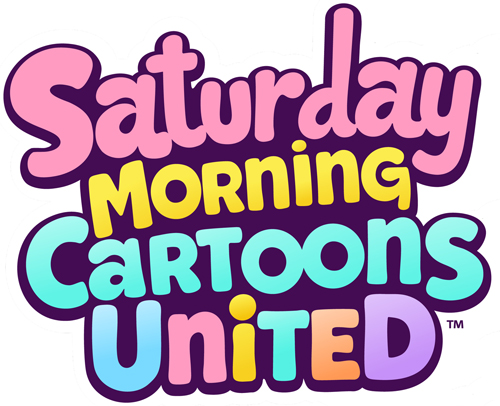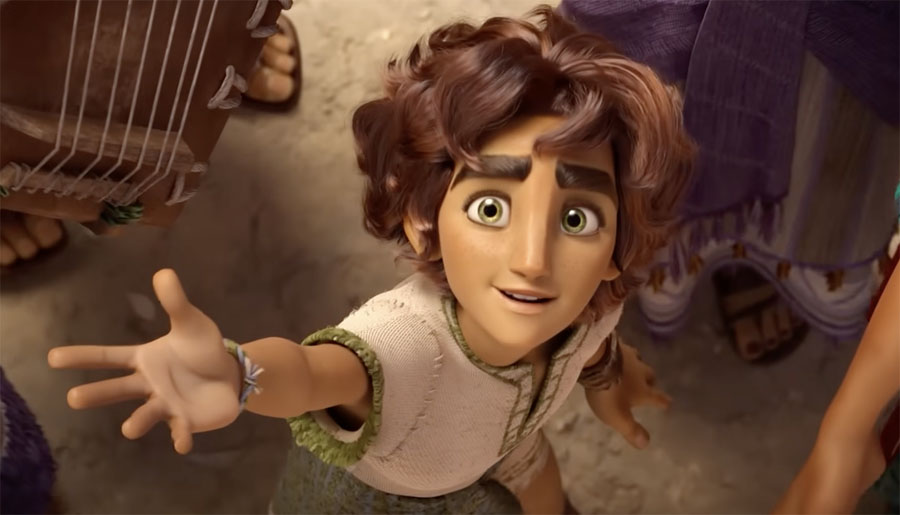Set in 1975, Pete tells the story of a kid who wants to play baseball and enjoy it, but there are obstacles that stand in the way. However, if supportive people are on your side, hopefully they help make everything a little better. Director Bret Parker shares the meaning and depth of this 2024 Academy Awards shortlisted animated short in this Animation Scoop Q&A. (This Email Interview was edited for length and clarity.)
Jackson Murphy: What is it about the true story this short is based on that inspires you so much?
Bret Parker: My wife Pete is the consummate storyteller, so this was a story they told many times, but I think the more we talked about it, the more we realized that there was really a broader story to tell within this moment – and that is a story about identity, change and acceptance. What inspired us even more to tell this particular story, was that we could tell it through the lens of baseball. A lens that allows access to people not only in the United States, but throughout the world. I think that was the realization that really resonated with us. Telling any story is something that is personal, but we felt like “PETE” is a story that is both personal and universal. It’s the story of a kid, who knew from a young age that somehow they weren’t like all the other kids on the block, even before they knew exactly why. It’s a story of both gender identity and gender equality as told through the experience of an 8 year old cisgender female who identified as a boy. It is the story of my wife. As a queer director, I believe that by telling these stories we not only share the history and small battles that created change, but bridge the experience of LGBTQ+ individuals with those outside our community.
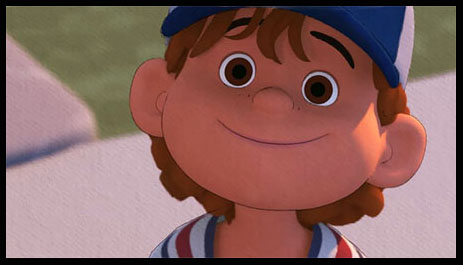
JM: How hand-in-hand are the visuals/animation and Pete’s narration when it comes to the impact of this short?
BP: I knew from the start that I wanted to marry the look and style of the film with the story, and that as a true story, it was important that it was actually Pete’s voice we hear as the narrator. Since the film takes place in 1975, much of the visual inspiration is from the art, colors and books that we grew up with. For art direction, for example, I was inspired by the original Winnie-the-Pooh ink and watercolor illustrations by E.H. Shepard. We even leaned into the vignetted look of those illustrations by not extending the image out to the edge of the page. I felt like giving the image a border was both reminiscent of old pictures and sort of “story booked” the film so that you were aware it was a memory. But to answer your question, I do think it’s the combination of the visuals with Pete’s voice that gives the short real impact. It was interesting because when we were recording, Pete would sometimes become overwhelmed by emotion and stop speaking. I would joke and say “I can make it work as long as you finish speaking all the lines, but if you don’t finish the lines, we got nothin.” There are scenes in the film where the emotion in Pete’s voice comes through. I think this authenticity in the storytelling gives an added depth to the film.
JM: What work went into getting the feel of a baseball game just right?
BP: I can honestly give all of that credit to Pete. I grew up in the world of dance and theater, and although I appreciate a good baseball game, I really did not know the ins and outs of the rules. Working out the baseball game scene was really tricky, because we both needed to hit the story points, and make sure that we were getting the rules of the game correct. I started by making a visual map of the field and assigning all the players positions. We also knew that for the main story beat, Pete needed to slide across second base, (and be safe) so we sort of started from there and worked backwards to ensure that each play led up to that moment. Pete also knew all the rituals of baseball that the kids would want to emulate so it was fun weaving that into the story. In addition, a lot of the animators had played baseball as kids and they all brought in specific details to their shots which fleshed out moments in the game. As for me, I learned a lot more about baseball and can now proudly say I know that on a forced out you only have to tag the base and not the player.
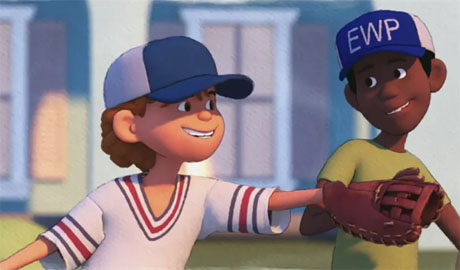
JM: What were your goals in showing the power/awesome support of Moms?
BP: Our intention of showing Mom as she was is similar to showing how the kids were so accepting in the world. In 1975 there was no language around gender identity. Mom instinctively understood and supported Pete’s chosen identity even when for her, Pete was still her daughter. That was not separate from her acceptance of all of Pete’s choices to play ball, present like a boy, and just be Pete; but at that time in the world, both Pete and Mom understood the choices were limited. Therefore, she defended Pete in the only way she knew how to at the time. This incredible defense, love, support combined with the complexity of not understanding what it meant to be trans informed the rest of Pete’s life and identity. It was in this way, Mom became the unexpected hero, and showed the world that despite being uncertain of what might happen, one can still stand up and support their child.
JM: What do you hope audiences take away from the core theme of acceptance?
BP: When kids are left to their own, acceptance and inclusion comes easy. We hope through “PETE,” we can continue to inspire change and erase the notion that difference equals exclusion. “PETE” is based off the true story of my wife, so as an inspiration, change doesn’t always have to be grand – it can happen on a small sandlot in Winter Park, Florida and forever change a community.
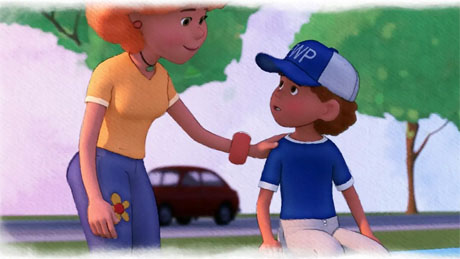
JM: How have your friends and colleagues at Pixar supported you on this “Pete” journey?
BP: “PETE” was made through the PIXAR Cooperative – which basically means that if you have a film that you want to make on your own time, once approved, you can use the resources at PIXAR, including software and people, to make the film. It’s an incredible opportunity, because I am surrounded by talented artists who opted in to work on the film. I can really say that making “PETE” was a labor of love because every single person who worked on it not only volunteered their time, but also brought their all to the project, and it was no small task. We had to work scrappy and develop our own pipeline in order to support the ink and watercolor look. We had engineers who literally developed new tools for us so we could both create and control the ink outline I wanted on the characters. And we had to design and build enough characters to create two baseball teams and all the fans in the stands! From story to final film, I had amazing support from all my colleagues all along the way. “PETE” is a testament that filmmaking is a collaboration – and really any film is the culmination of not only the director’s vision, but of all the people who have contributed to the film.
JM: What would an Academy Award nomination mean to you?
BP: It’s so hard to answer this question because there’s not one simple answer. Representation in any marginalized community is important. For any kid who is going through a shared experience, they can see “PETE” and know that they are not alone. The experience of questioning one’s gender identity is not something that needs to happen in isolation — there is a history and community that has gone through this and kids today can stand on their shoulders. In terms of my own career as a director, an Oscar nomination is one of the highest honors a filmmaker can achieve. It means opening doors that might not otherwise exist. I’ve taken a very different path to directing, but I’ve fallen in love with filmmaking. I want to continue to bring my unique perspective as a woman, as a queer woman, as a wife and artist to the screen.
